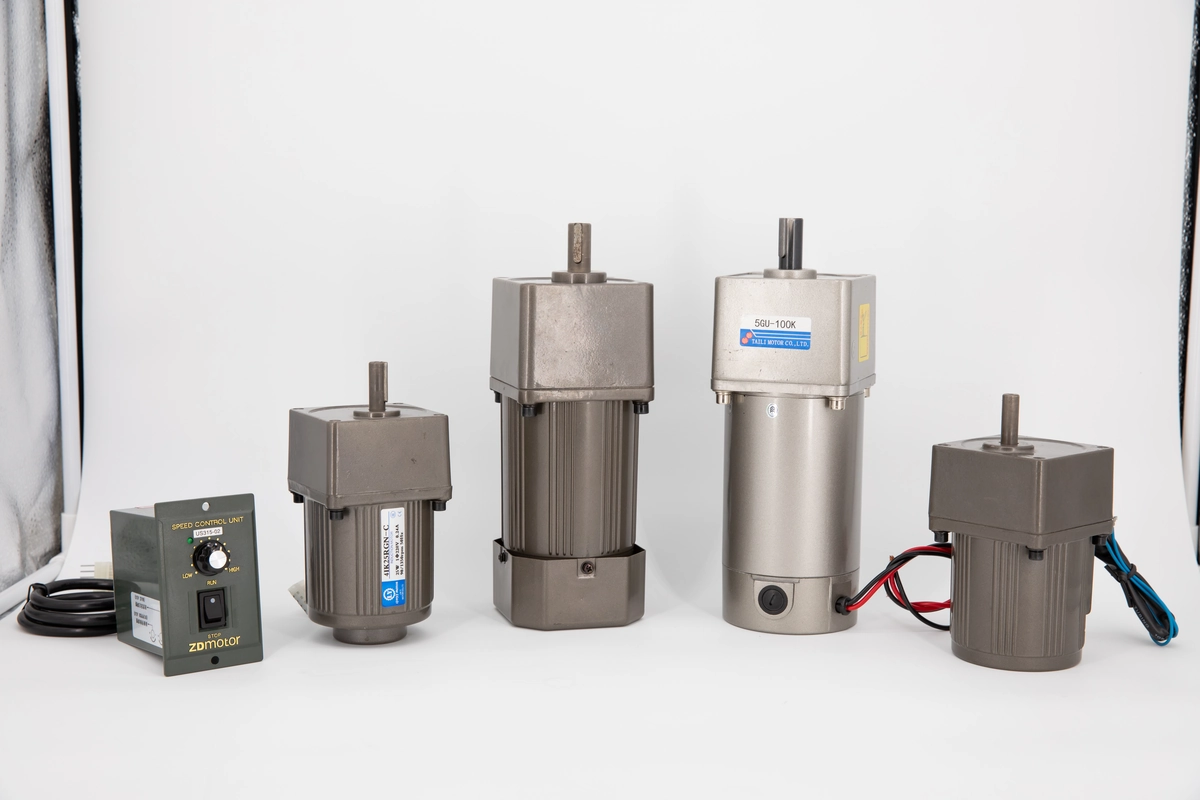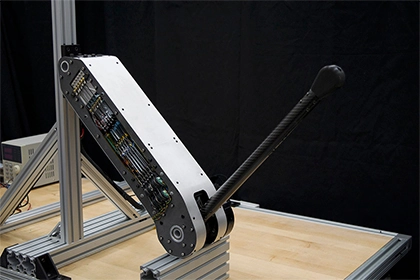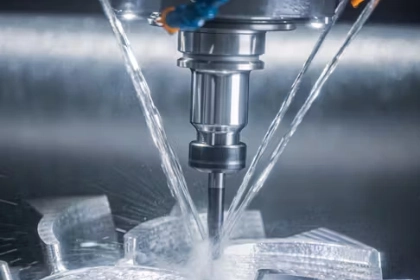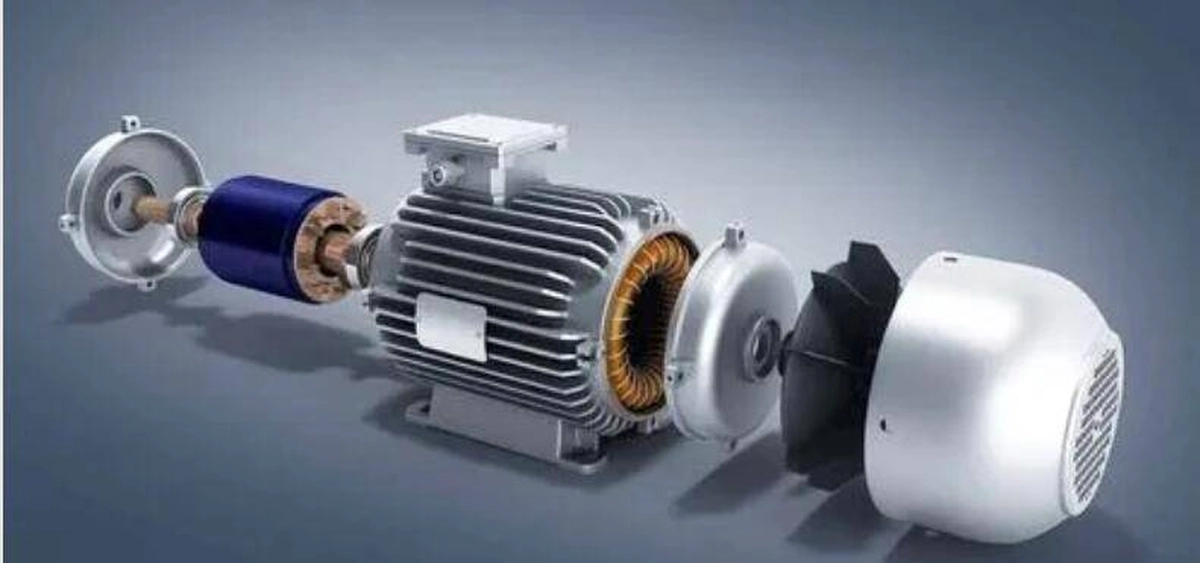- +86 19149417743
- Zhengzhou, Henan Province, China
- Mon-fri: 8am - 7pm
Get a quote

Electric motors play a vital role in powering a wide range of applications across industries. As technology advances, engineers continually strive to develop more powerful electric motors to meet the demands of high-performance systems. In this article, we will explore the quest for the most powerful electric motor, examining different types of motors and their capabilities. By understanding the characteristics and advancements in various electric motor types, you will gain valuable insights for your career in the field of electrical engineering.
Before delving into the search for the most powerful electric motor, let's briefly review the fundamental principles and types of electric motors.
Electric motors operate on the principle of converting electrical energy into mechanical energy through electromagnetic interactions. This conversion is achieved by the interaction between magnetic fields and electric currents, resulting in rotational motion.
Electric motors can be broadly classified into two main categories: AC (alternating current) motors and DC (direct current) motors. Each category encompasses various motor types with specific characteristics and applications.
AC motors are widely used due to the prevalent availability of alternating current in power systems. Let's explore some of the powerful AC motor types:
Induction motors are popular in industrial applications due to their robustness and simplicity. While not typically considered the most powerful type, they can achieve high power ratings, especially in large industrial settings.
Synchronous motors operate at a constant speed determined by the frequency of the AC power supply. They are known for their power factor correction capabilities and are often used in power plants, HVAC systems, and high-performance industrial machinery.
DC motors, powered by direct current, offer advantages such as precise speed control and high torque output. Within the realm of DC motors, two notable categories are worth mentioning:
Brushed DC motors are known for their simplicity and cost-effectiveness. However, their power output is generally limited compared to other motor types due to the limitations of the brush-and-commutator system.
BLDC motors offer improved performance over brushed DC motors. By replacing the brushes and commutator with electronic controls, these motors provide higher power output, efficiency, and durability. They find applications in electric vehicles, robotics, and industrial machinery.
When it comes to the pursuit of the most powerful electric motors, several specialized types and technologies push the boundaries of power output. Let's explore some of these high-performance options:
Motor designs that emphasize high torque density, such as axial flux motors, can deliver impressive power outputs. These motors achieve high torque levels while maintaining compact sizes, making them valuable in applications such as electric vehicles, aerospace, and renewable energy.
In specific applications where high rotational speeds are required, high-speed electric motors excel. These motors employ advanced designs, materials, and cooling techniques to achieve remarkable power outputs in demanding scenarios.
The quest for the most powerful electric motor is driven by the need for high-performance systems across diverse industries. While there isn't a single definitive answer to which type of electric motor is the most powerful, various motor types offer remarkable power outputs depending on the specific application requirements.
 2024-08-30 16:01:40
Engineering
2024-08-30 16:01:40
Engineering
 2024-07-26 14:09:13
Engineering
2024-07-26 14:09:13
Engineering
 2024-07-18 09:42:00
Engineering
2024-07-18 09:42:00
Engineering